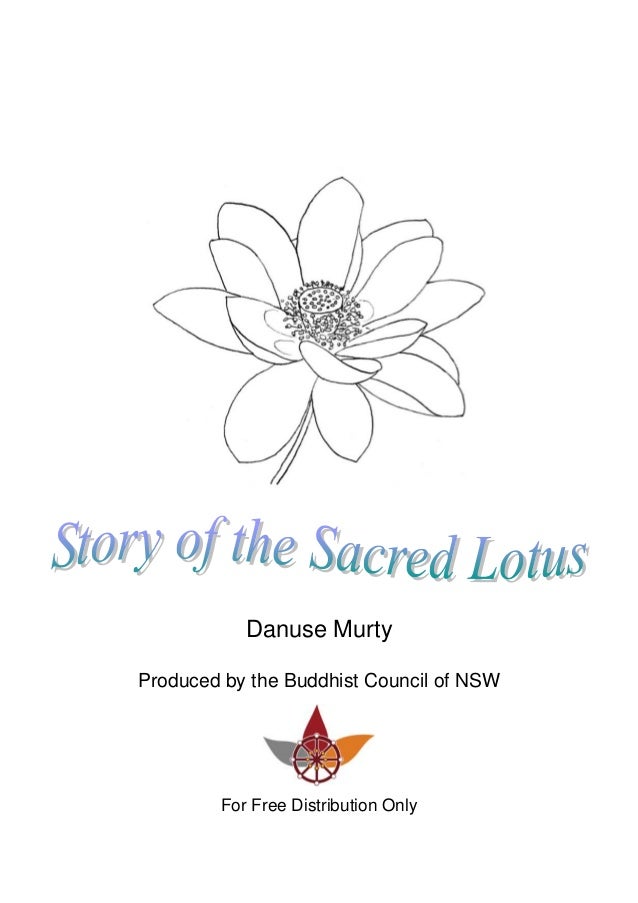Budda Dn Slajd
понедельник 11 февраля admin 44
Apr 19, 2015 - The sutta is DN 16, where the Buddha is giving his last instructions. Corel videostudio pro x7 free download utorrent. He gives four injunctions in total: Now the Blessed One spoke to the. Gta samp admin hack.
• • • There are no extant representations of the until roughly the 2nd century CE, partly due to the prominence of in the earliest extant period of Buddhist devotional statuary and bas reliefs. A number of early discourses describe the appearance of the Buddha, and are believed to have served as a model for early depictions. In particular, the '32 signs of a Great Man' are described throughout the, and these are believed to have formed the basis for early representations of the Buddha. These 32 major characteristics are also supplemented by another 80 secondary characteristics (Pali: Anubyanjana).

In, including the traditions of, the 32 major characteristics and 80 minor characteristics are understood to be present in a buddha's, or reward-body. In contrast, a buddha's physical form is understood to be a, or transformation-body. Buddha with a,., The earliest phase of Buddhism was generally aniconic, with the Buddha being represented as symbols such as a footprint, an empty chair, a riderless horse, or an umbrella. Later, iconic sculptural traditions were established, with two of the most important being in the regions of. The first statues and busts of the Buddha were made in the Gandhara region of modern-day. Many statues and busts exist where the Buddha and other have a mustache.
In the Pali Canon a paragraph appears many times recording the Buddha describing how he began his quest for enlightenment, saying: So, at a later time, while still young, a black-haired young man endowed with the blessings of youth in the first stage of life—and while my parents, unwilling, were crying with tears streaming down their faces—I shaved off my hair & beard, put on the ochre robe and went forth from the home life into homelessness. — Ariyapariyesana Sutta After examining the cult of the Buddha image in India, concludes that followers of at this time played little to no role in introducing statuary and other physical depictions of the Buddha. From this period such as the Maitreyasiṃhanāda Sūtra, only address the image cult as an object of criticism, if it is mentioned at all.
Schopen states that followers of Mahāyāna were generally uninterested in worshipping buddhas, but rather in becoming buddhas, and their outlook toward Buddhist practice was 'profoundly conservative.' The 32 Signs of a Great Man [ ]. Seated Buddha,, 1st-2nd century CE. Tokyo National Museum The Buddha is traditionally regarded as having the Thirty-two Characteristics of a Great Man (Skt. Mahāpuruṣa lakṣaṇa). These thirty-two characteristics are also regarded as being present in kings as well. The, in the 'Discourse of the Marks' (: Lakkhaṇa Sutta) (DN 30) enumerates and explains the 32 characteristics.
